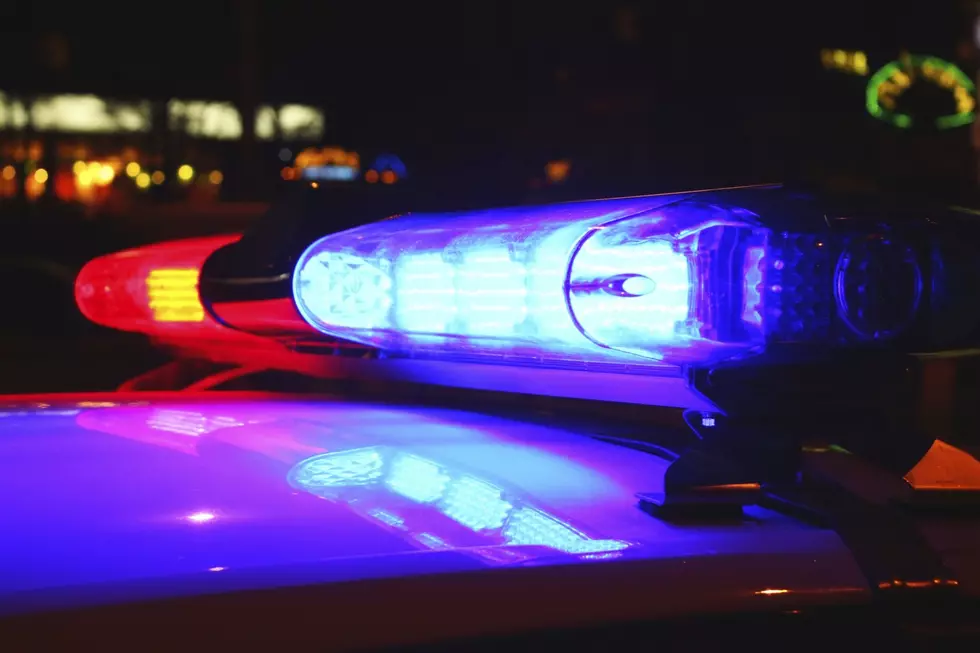
Heat Wave to Add to Fire Risk Later in the Summer
The impending heat wave will naturally bring with it an increased risk of fire danger.
National Weather Service Meteorologist Steve Bodnar said North Central Washington was already running a few weeks ahead of schedule in terms of the local grasses drying out, and a fairly long duration of unprecedented heat will only accelerate that.
"So by the time we break this heatwave at the end of next week and early next weekend, we're probably going to have fuel dryness levels that are at or above kind of record values for the particular dates." Bodnar explained, "Early July dryness levels will probably look more like late July."
A very dry June and July then points to the potential of a very active fire season in August. However, a high fire danger doesn't have to mean a fire. Bodnar mentioned that avoiding wildfire ignition from lightning strikes goes a long way to avoiding massive fires. The other threat is the constant wildcard when it comes to wildfire ignition: humans.
When the upper level ridge pattern that's causing the heat finally breaks down, masses of air will begin to move again, meaning breezy conditions that could fuel any potential fires.
Bodnar compared this year to the extremely dry and fire-friendly 2015 fire season. However, 2015 did not have the healthy mountain snowpack this year does.
More From NewsRadio 560 KPQ









